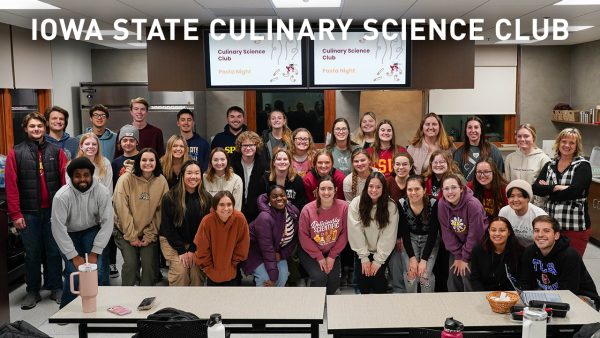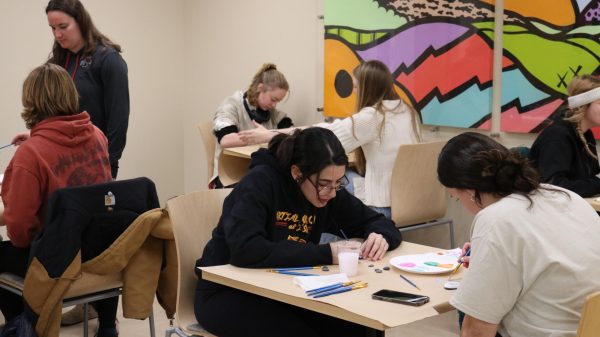Students share how they travel sustainability
When traveling, an important factor to consider is sustainability. Making sustainable choices when traveling is an important step in protecting tourist areas from environmental and economic impacts.
October 31, 2019
Traveling sustainability is a growing concern in many places around the world. It focuses on the environmental and economic impacts that tourism and travel impose.
“Besides being the world’s largest industry, travel and tourism [have an] enormous and unsustainable impact on energy, water, land and food use,” according to Sustainable Travel International. The organization aims to make traveling and tourism beneficial to both communities and the environment.
Sustainable Travel International stresses that it wants travelers to make sustainable choices when on the move.
“Many of the destinations we visit are also extremely sensitive ecosystems and other people’s homes. As visitors to these places, we should protect and respect them as if they were our own,” the organization stated.
The organization also suggests that travelers try and offset their carbon footprint by using transportation that partakes in carbon offset programs and by individually calculating their carbon footprint.
Some examples of this can include walking from spot to spot when in a different city or using bike systems most major cities have implemented, instead of driving with a rental car
Kerry Dixon, facilities project manager for the facilities planning and management department, works with all the projects done on campus to “increase sustainability in the built environment.” Dixon said she suggests three travel tips for students to consider when planning on taking a trip: turning off your lights, turning down the heat and unplugging unused appliances.
These tips can also be applied when students go home over the weekend or over breaks from school. Unplugging extension cords that house the majority of appliances being plugged in such as microwaves, mini fridges and televisions can be an energy saver as well.
When asked about how she stays sustainable, Dixon said “taking advantage of daylight and LED fixtures” and “making people realize that they don’t need to have their spaces lit 24 hours a day” are main factors in how she stays sustainable.
Dixon also said that light and heat consumption are two major components to energy waste every day.
Nicole Smetana, junior in accounting and entrepreneurship, said she feels like she isn’t very educated on sustainable living, but she’s curious about learning more sustainable practices. Smetana recently attended the National Sustainability Day celebration with curiosity over the subject.
“The only major sustainability thing I’ve done is trying to use fewer plastic bags,” Smetana said. “I really only hear about food-related sustainability.”
Becoming more aware of different kinds of sustainability is how individuals can ensure that they’re implementing sustainable practices into every aspect of their life.
Riley Henry, sophomore in animal ecology, considers his environmental impact on a deeper level. He said that practicing sustainable traveling is very important for both Iowa State students and citizens across the world. He practices sustainable travel by prepping his living spaces and monitoring his travel habits.
“I try to hike more than anything to try and avoid the emissions of fossil fuels,” Henry said, adding that if the destination is walkable, he’ll make the trek. If he does use a vehicle, he aims for the most direct path.
Before leaving home for vacations and everyday life, he makes sure his lights are off. If he plans on being gone for long periods of time, he avoids leaving the air conditioning on, as he’d rather leave the windows open to naturally vent his home.
Reporting contributed by Sierra Hoeger

















